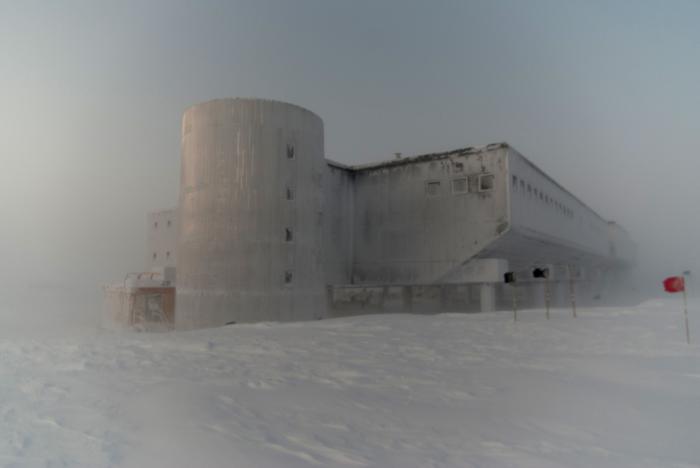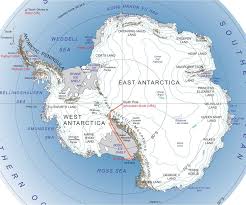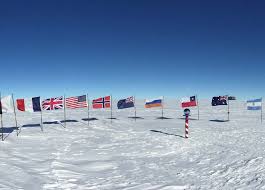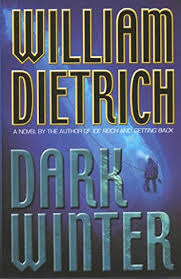Dark Winter (2002) by William Dietrich
Good Reads mea-data is 480 pages, rated 3.46/5.00 by 197 litizens.
Genre: krimi
Verdict: Brrr!

The set up: Amundsen–Scott South Pole Station where all directions are north. This is the most extreme version of the Castle at Otranto yet.

For four months of the year this base is accessible by air. For the remaining eight months it is sealed off by the weather which at times also precludes all radio and electronic communication. During this winter, overland travel is suicide, and where would one go? The nearest habitat is the Russian Vostock Station 800 long kilometres away, well beyond the range of the ground vehicles in good weather. In the winter, in the open nothing works very well. The metal of machines is so brittle it snaps. GPS devices burst if taken in hand to look at them. Cabin heaters cannot match the -99 Fahrenheit temperatures with a wind of two hundred miles an hour.
Add to all that the drying air and the two mile elevation that produces altitude sickness and dehydration without exertion. Though they sit on enough ice-locked water to double the fresh water on earth, they are always thirsty and there is never enough water to drink. To melt the ice takes a lot of avgas and that is husbanded because it powers the generators that keep them alive. Did Virgil take Dante on a tour of this locale for the Inferno?

Over winter a party of forty scientists and technicians remain to continue research and recording conditions until the warmer weather returns. Into this mix two new comers arrive on the last flight before close-down: Protagonist and Dr Bob. Pro is hangdog from the start, there in desperation it seems. The money is not great but since none is spent in the eight months, it accumulates. Truth to tell I was never quite sure why he was there. On the other hand Dr Bob exudes the confidence of a dean, unable to distinguish sociology from psychology. Yep, the two are used interchangeably in the book. Shudder.
No sooner do they and the bad weather arrive than the plot thickens. Bossman has a secret for Pro, a meteor found at the bottom of one of the core sample pits. By prose convulsion we are given to understand this rock might be ejecta from Moon or even Mars. (New Jersey was ruled out as the rock is too clean.) If it is, it has enormous scientific and commercial value. Ssssh.

In this small town there are no secrets, and though Bossman pledges Pro to secrecy, he finds soon enough that everyone from the cook to the femmes knows the secret already. Bossman is the only one who does not know that the the secret is not secret. That does not matter much since he is the first kill, down the bottom of one such pit. Accident? Suicide? or Murder? Well, we all know the answer to that. More little Indians follow.
As the body count increases the survivors desperately want the deaths to be unassociated accidents or even suicides, anything to blame the victims. If that is so, then they do not feel threatened. But this ante is soon upped. They are all threatened. What the meteor has to do with all this is lost in the shuffle as far as this reader could tell, though it reappears near the end.
The characterisations of eight or so principals is well done. They differ from one another. Sounds simple but it is not. In too many of the escapist novels I sample all the characters, after their clothing is laborious described, sound alike, us the same speech patterns and vocabulary.
The atmosphere in the Otranto Station is superbly realised. The descriptions of the weather are integrated into the story and make fascinating reading.
That the South Pole is the end of the world is clear, but it is also the beginning of outer space and much of the work done at it underwrites space exploration research. In the middle of vast Antarctic continent there is nothing but the weather. Penguins are a thousand miles away on the coasts where the weather is better. There is nothing there and no reason to be there, except that it is there.

Having visited the International Antarctic Centre in Christchurch, where this story starts, and the Antarctic displays at the Maritime Museum in Hobart, I find all of this fascinating. It is the dark side of the Moon at the South Pole.

